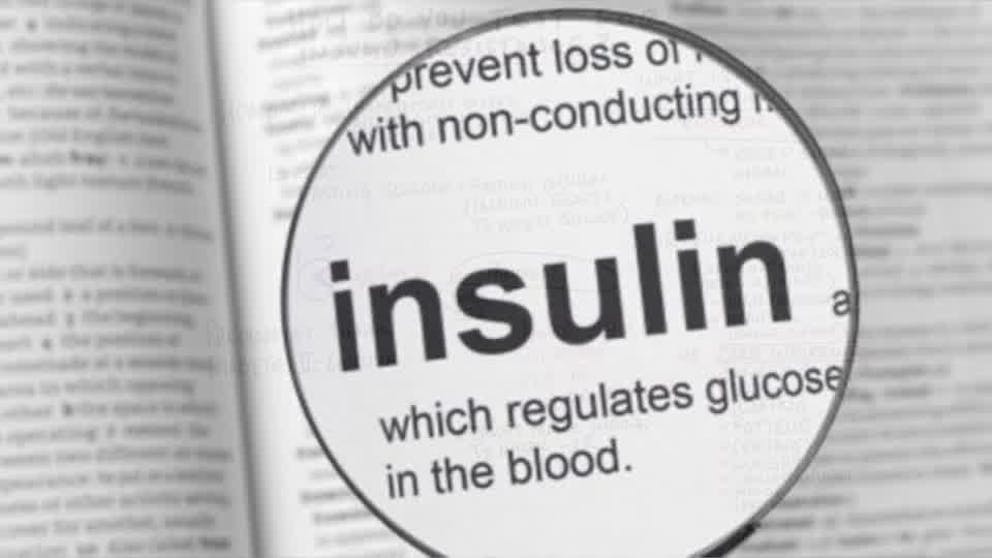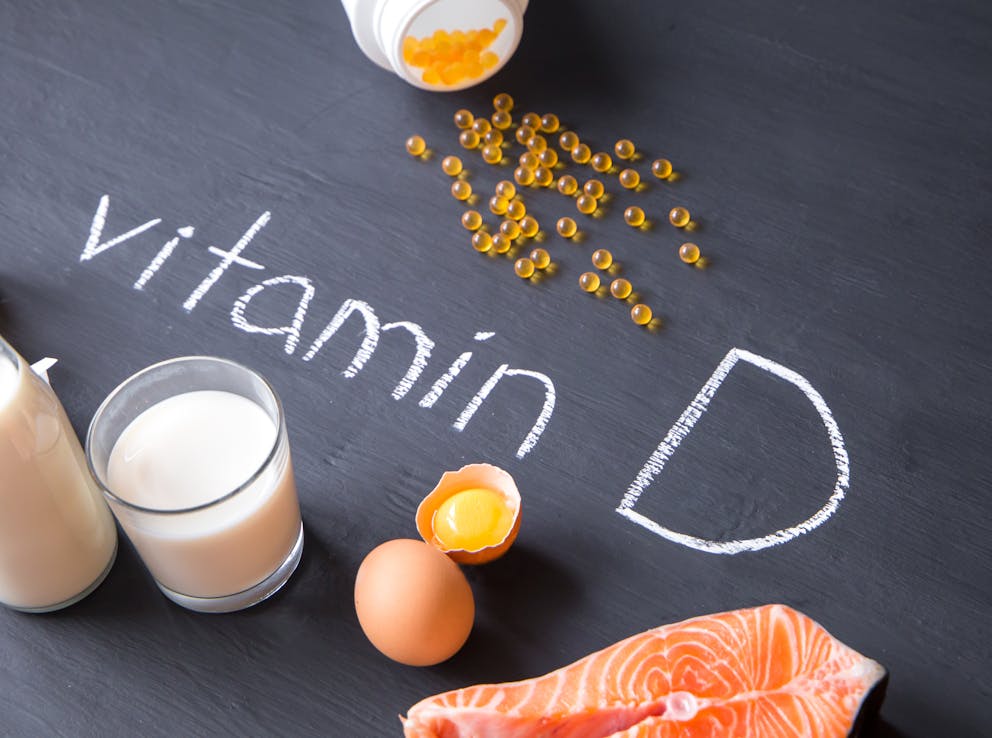Lower Blood Pressure Simply by Cutting Out Sugar
Comprehending the influence of sugar and insulin on your body to reduce blood pressure is important for those wanting to take charge of their health.
Learn about the connection between sugar intake and blood pressure regulation, highlighting the significance of insulin and sympathetic nervous system activity. Recognizing symptoms of sympathetic dominance can be vital in identifying high blood pressure early.
Discover how adopting specific diets such as ketogenic could help regulate your systolic and diastolic readings by reducing insulin spikes and enhancing parasympathetic activities.
The Connection Between Sugar and Blood Pressure
Most people think that when it comes to hypertension, salt is the prime offender. But more often than not, sugar plays a larger role in hypertension.
Blood Pressure, Hibiscus Tea, & Pregnancy
Blood pressure and hibiscus tea can have a harmful effect during pregnancy. Hibiscus tea is known for its possible blood pressure-lowering effects.
Some studies suggest that regularly consuming hibiscus tea may help reduce blood pressure levels. However, when it comes to pregnancy, caution is advised.
High blood pressure during pregnancy, known as gestational hypertension or preeclampsia, can pose risks to both the mother and the baby.
While hibiscus tea may have blood pressure-lowering properties, it is recommended to consult with a healthcare professional or obstetrician before consuming hibiscus tea during pregnancy.
They can provide personalized advice and guidance based on your circumstances and help determine if hibiscus tea is safe for you to consume during pregnancy or if alternative options are more suitable.

Understanding the Role of Insulin in Blood Pressure Regulation
Insulin, a hormone synthesized by the pancreas, is primarily acknowledged for its pivotal role in regulating glucose levels.
However, beyond its glucose-regulating function, insulin also exerts influence on blood pressure dynamics.
Upon the consumption of sugary food items, the body initiates an augmented secretion of insulin to manage the resultant spike in blood sugar levels. This surge in insulin triggers the activation of the sympathetic nervous system, eliciting a physiological response akin to the "fight or flight" reaction.
How Sugar Triggers a Spike In Your Sympathetic Nervous System
The sympathetic nervous system (SNS) governs involuntary bodily functions like heart rate and blood flow. Surprisingly, sugar has the ability to provoke this regulatory system into action.
Consuming sugar initiates fluctuations in glucose levels, inducing physiological stress and prompting activation of the SNS. This instigates a cascade of events akin to a stress response triggered by sugar consumption.
This constant activation strains your cardiovascular system, leading to chronically elevated blood pressure.
While attention is often directed towards monitoring sodium intake, vigilance regarding sugar consumption is equally important. Avoid allowing sugar to jeopardize your health.
Symptoms of Sympathetic Dominance
When your body is in a state of sympathetic dominance, the "fight or flight" response has been triggered. This can happen due to stress, anxiety, or too much sugar. Knowing the indications can help you regulate your blood pressure more effectively.
Physical Signs of Sympathetic Dominance
The physical signs are subtle but noticeable if you pay attention to your body. They may include:
A lump feeling in the throat: It's like having a Globus sensation, which could mean you're stressed or anxious.
Cold extremities: When stressed, blood flow diverts from non-essential areas, leaving you with cold fingers and toes.
Rapid heartbeat: Your heart may beat faster due to high levels of adrenaline released during stressful situations.
Psychological Indicators of an Overactive Sympathetic System
Along with physical symptoms, there are psychological indicators that suggest an overactive sympathetic system. Recognizing these signs is crucial for managing hypertension:
Anxiety: Feeling constantly worried or tense without any apparent reason could be linked to an overactive sympathetic nervous system.
Insomnia: Difficulty falling or staying asleep through the night may indicate an overactive sympathetic system. Poor sleep quality affects cardiovascular function, which is relevant for hypertension.
Panic Attacks: Sudden episodes of intense fear trigger severe physical reactions, even when there's no real danger. Anxiety-inducing episodes of overwhelming terror can leave one feeling powerless and unable to cope.
Benefits of Cutting Out Sugar for Blood Pressure Control
Were you struggling with high blood pressure? Cutting sugar out of your diet is one of the easiest ways to get blood pressure back under control.
How cutting out sugar reduces insulin spikes
Sugar makes insulin levels spike rapidly. Insulin, the hormone that regulates blood glucose, goes into overdrive when we consume sugary foods.
This insulin frenzy can trigger your 'fight-or-flight' response, raising your heart rate and blood pressure. By avoiding sugar, you are saving your body from undergoing this unnecessary stress.
Impact on overall health when removing excess sugars from the diet
Cutting sugar has more perks than just controlling hypertension:
Better weight management: Sugary foods spike insulin and prevent your body from effectively losing weight.
Inflammation reduction: Sugar fuels inflammation, which leads to chronic diseases, including heart diseases.
Mental clarity: After insulin spikes are caused by sugar, they are always followed by a crash. Cutting sugar will help you avoid these crashes and immensely improve your mental clarity.
Remember, moderation is key. Reducing sugar intake can benefit your blood pressure and overall health.
Role of Keto Diet in Regulating Blood Pressure
If you want to lower your blood pressure naturally, try the keto diet. It's low in carbs and sugars, so it reduces insulin and boosts parasympathetic activity.
Insulin Reduction Through Keto Diets
The keto diet cuts carbs and increases fat intake. This puts your body in ketosis, burning fat for energy instead of glucose. By reducing glucose intake, the keto diet lowers insulin levels.
Maintaining insulin levels is vital, as elevated amounts can lead to higher blood pressure.
Parasympathetic Enhancement Via Low-Carb Nutrition
On a keto diet, you lower insulin and enhance parasympathetic activity. This helps your body relax and recover, reducing inflammation and maintaining healthy blood pressure.
Omega-3 fatty acids, such as those found in fish oil or flaxseeds, can activate the parasympathetic nervous system and aid relaxation while decreasing inflammation. So, they're great for relaxation and reducing inflammation.
List of Foods Recommended on a Keto Diet:
Fatty Fish: Wild-caught salmon, trout, and tuna.
Eggs: Pastured or omega-3 whole eggs.
Nuts and Seeds: Almonds and walnuts.
Oils: Extra virgin olive oil and coconut oil.
Veggies: Green leafy vegetables and bell peppers.
Remember, cutting out sugars is crucial for regulating high blood pressure naturally. Combine a low-carb diet like keto with regular exercise for sustainable results.
Consult healthcare professionals before making any drastic dietary changes, especially if you have underlying health conditions.
Natural Ways To Normalize Your Blood Pressure Levels
High blood pressure? No problem. Here are some natural ways to bring it down and keep it in check.

Importance & Sources Of Vitamin D for Controlling Hypertension
Receive your regular vitamin D dosage to sustain your blood pressure in balance. It's like a superhero for your heart. Soak up some sun or dig into foods like fatty fish, fortified dairy products, and egg yolks.
If increasing your time in the sun poses too many difficulties, consider taking vitamin D supplements.
Potassium-Rich Foods Aiding Healthy BP Levels
Want to keep your blood pressure happy? Load up on potassium-rich foods to help keep your blood pressure in check.
Avocados: The perfect snack to keep your blood pressure in check. Easily add it to salads, or on top of toast.
Dairy Products: Milk, yogurt, and cheese are delicious and packed with good stuff for your blood pressure.
Aside from nutrition, leading an active lifestyle and practicing stress management techniques are essential. Stay active, destress with a walk, and get enough sleep.
Conclusion
Understanding the intricate relationship between insulin and sympathetic nervous system activity is crucial for early identification of high blood pressure.
Adopting specific diets like the ketogenic diet can regulate blood pressure by reducing insulin spikes and enhancing parasympathetic activities.
Incorporating lifestyle modifications, including dietary changes and stress management, is essential for maintaining optimal blood pressure levels and overall well-being.
Supporting Data
Previous blog
Is Your Computer Destroying Your VisionTags

Popular
08/21/2024
40.3K views
05/22/2024
36.8K views
08/19/2024
214.4K views
03/18/2024
11/21/2022




